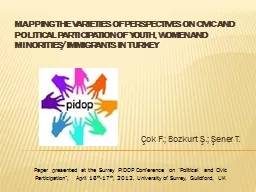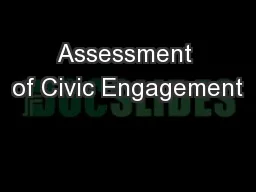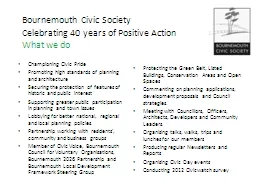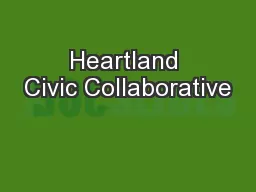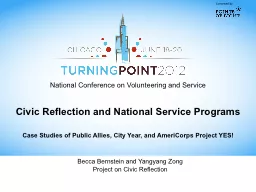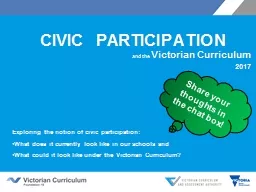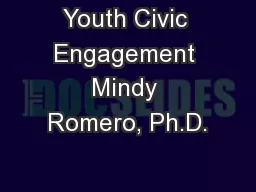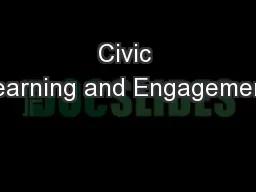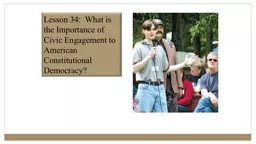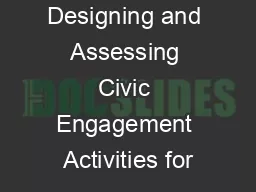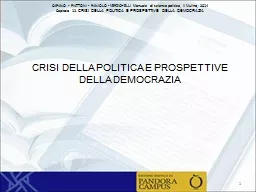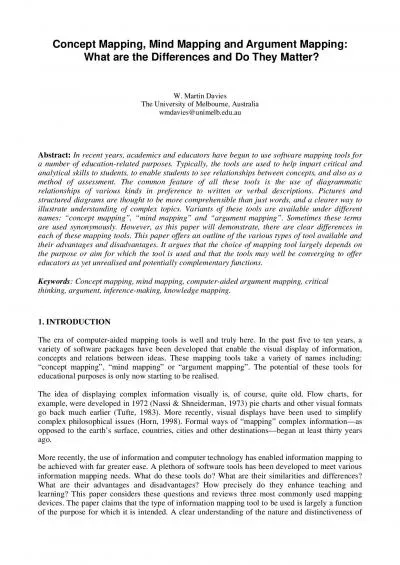PPT-Mapping the Varieties of Perspectives on Civic and Politica
Author : conchita-marotz | Published Date : 2017-03-30
Ç ok F Bozkurt Ş Ş ener T Paper presented at the Surrey PIDOP Conference on Political and Civic Participation April 16 th 17 th 2012 University of Surrey
Presentation Embed Code
Download Presentation
Download Presentation The PPT/PDF document "Mapping the Varieties of Perspectives on..." is the property of its rightful owner. Permission is granted to download and print the materials on this website for personal, non-commercial use only, and to display it on your personal computer provided you do not modify the materials and that you retain all copyright notices contained in the materials. By downloading content from our website, you accept the terms of this agreement.
Mapping the Varieties of Perspectives on Civic and Politica: Transcript
Download Rules Of Document
"Mapping the Varieties of Perspectives on Civic and Politica"The content belongs to its owner. You may download and print it for personal use, without modification, and keep all copyright notices. By downloading, you agree to these terms.
Related Documents

